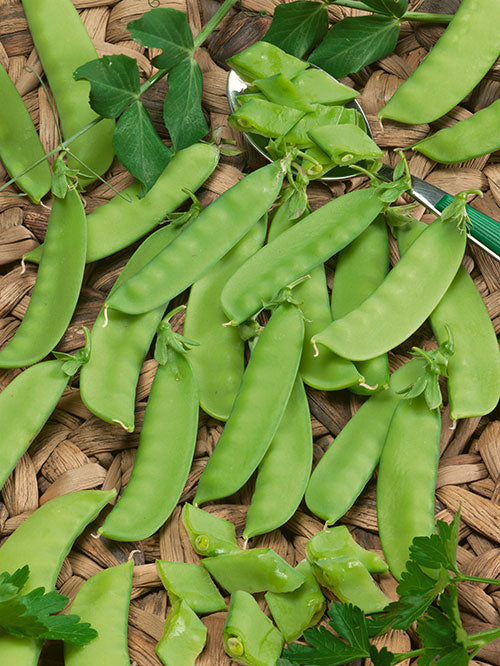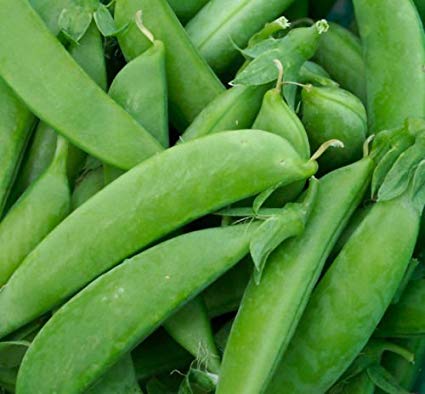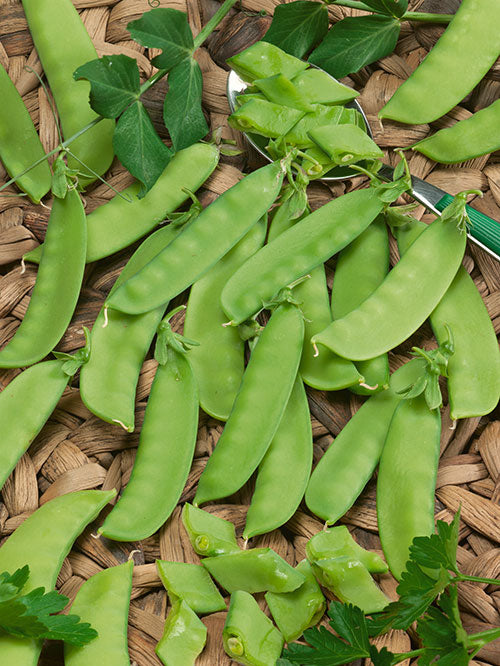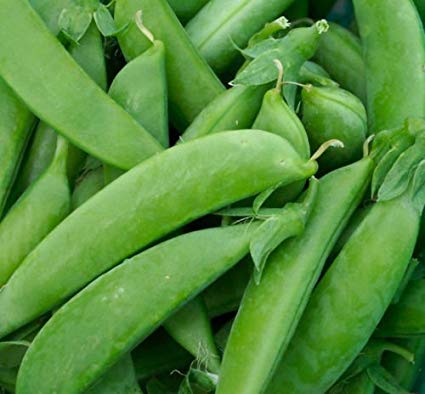Mammoth Melting Snow Pea
Mammoth Melting Snow Pea
Regular price
$2.95 USD
Regular price
Sale price
$2.95 USD
Unit price
per
Shipping calculated at checkout.
Couldn't load pickup availability
Mammoth Melting
Snow Pea
Snow Pea
75 days — The vines reach five feet or more and should be trellised for better results. 'Mammoth Melting' is a high yielding variety that thrives in cool weather and is uniform in production. Its pods are very sweet and tender and stay that way even after they reach three inches or more and the seeds start to fill out. Truly "mammoth!"
"Melting" peas are a category of edible podded snow peas believed to have originated in America. 'Mammoth Melting' was introduced in 1893 by W. Atlee Burpee.[3] They described it as:
"This new variety is far superior to all others of the edible podded class of garden Peas, not only in size of pod, but also in delicious quality. It grows to a height of five to six feet and is wonderfully prolific, the large, broad pods being borne in pairs in the greatest profusion. The pods are straight, smooth, and so brittle that they snap, without any string ; the pods when cooked are very sweet, tender, and of the most delicious flavor. They should be cooked and served in the same manner as string beans. Sugar peas are an unknown vegetable to many, and this new variety will be liked by all."[1]
It was such a hit, that by the end of that decade, most seed companies were offering it to their customers as well. Each ounce is approximately 100 seeds, which is generally enough to plant at least a ten foot row.


Planting Instructions: Loosen rich well-drained soil in a location that receives six to eight hours of full sunlight per day. Add compost or fertilizer before planting.
Plant seeds directly outdoors in spring or fall when temperatures are cool. Plant 1½ inches deep, one to two seeds every two inches. Keep moist until germination. Thin to one plant every two inches in rows spaced thirty inches apart. Although the name or description of this variety refers to a modern company's name, the seed we are offering is in no way sourced from, "owned by" or connected with that company. The name is simply the historically accurate, common name for the variety giving credit to the seedsmen that originally released it.
Plant seeds directly outdoors in spring or fall when temperatures are cool. Plant 1½ inches deep, one to two seeds every two inches. Keep moist until germination. Thin to one plant every two inches in rows spaced thirty inches apart. Although the name or description of this variety refers to a modern company's name, the seed we are offering is in no way sourced from, "owned by" or connected with that company. The name is simply the historically accurate, common name for the variety giving credit to the seedsmen that originally released it.
Informational References:
- "Burpee's Farm Annual," W. Atlee Burpee, Philadelphia, Pennsylvania,1893.
- "J. A. Everitt Seedsman Celebrated Seeds," J. A. Everitt Seedsman, Inc., Indianapolis, Indiana, 1894.
- "Vegetables of New York: Peas," U. P. Hedrick, New York A. E. S., 1928.
Explore our vegetable collections:
[ Artichokes | Asparagus | Beans | Beets | Broccoli | Sorghums | Brussels Sprouts | Cabbage | Cantaloupe | Carrots | Cauliflower | Celery | Collard Greens | Corn | Cucumber | Eggplant | Endives | Gourds | Kale | Kohlrabi | Leeks | Lettuce | Mesclun Mix | Mustard Greens | Okra | Onions | Parsley | Edible Pod Peas | Garden Peas | South Peas | Hot Peppers | Mild Peppers | Pumpkins | Radishes | Rapini | Rhubarb | Salad Greens | Salsify | Summer Squash | Winter Squash | Swiss Chard | Tomatillo | Tomatoes | Dwarf Tomato Project | Turnips | Watermelons ]


